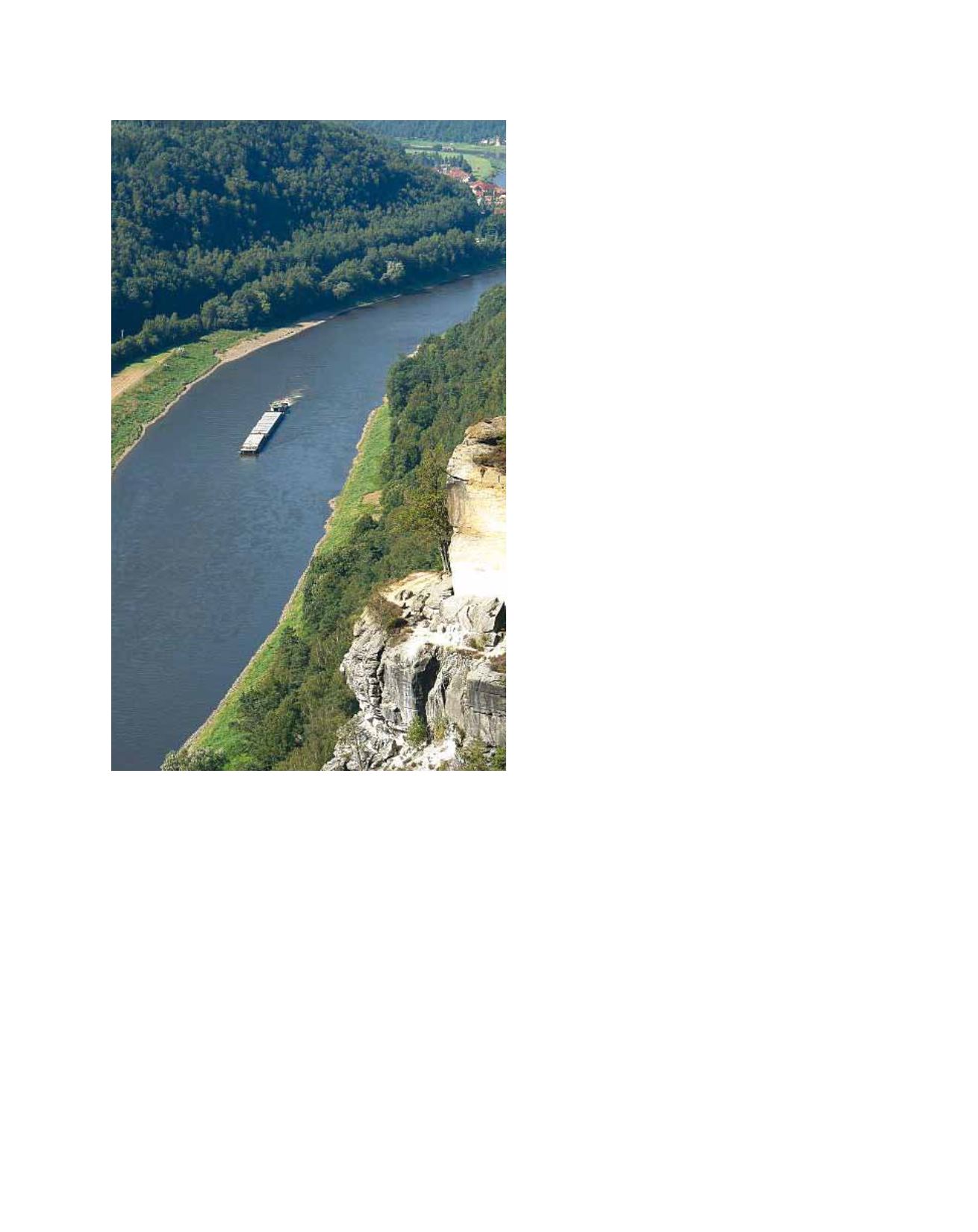

[
] 89
W
ater
spatial and temporal resolutions of data products, and
specific statistical measures for different user groups.
•
The multi-sectoral interests in water management have
to be integrated into the approach:
We reached this
by integration of multi-diciplinary model chains
(climate, water quantity and quality, ecology, engi-
neering, and economic aspects). This means to build
up a scale-consistent prognostic model chain and a
defined clear workflow between partners to reach an
operational level in our climate services.
•
The data and information products have to be available
and easily applicable:
For this reason we imple-
mented web-based distribution channels via our
portals, matching international standards of data-
management.
•
Accompanying documents concerning certainty and
uncertainty of climate projections have to be provided
to support the users.
Uncertainty guidance forms a
core element of all KLIWAS documents.
Identifying the institutional framework
The institutional framework of KLIWAS was built
upon the competences of the agencies responsible and
able to offer services related to relevant management
questions. If additional know-how is required, third
parties may become involved.
In a joint effort the National Meteorological Service
of Germany (DWD), the German Maritime and
Hydrographic Agency (BSH), the German Federal
Institute of Hydrology (BfG) and the German Federal
Waterways Engineering and Research Institute (BAW)
offered these competences in form of the KLIWAS
research programme. The Federal Ministry of
Transport, Building and Urban Development financed
the programme – comprising 30 projects – with an
initial lifetime of five years (starting in 2009) and a
budget of four million euros per year. These funds are
invested to set up a climate service on a longer perspec-
tive; after 2013 the service will continue operationally.
Sustainable funding is secured by the Federal Ministry
of Transport, Building and Urban Development.
KLIWAS is based on data, methods and models
generated not only by the four governmental insti-
tutes (DWD, BfG, BSH and BAW) but by a network
of institutions (such as the hydrological and mete-
orological services of Germany and the neighbouring
countries). This integrated approach is regarded as
a key concept to provide information that is based
on the state of the art of knowledge. Data products
are presented and discussed in national and/or inter-
national expert groups before they are offered to
stakeholders and for further application. This feed-
back is essential for the transparency, reliability and
thus for the acceptance of the KLIWAS services and
products. Availability and use of KLIWAS products
outside the KLIWAS community follows the data
policies of the institutes which participate in the
KLIWAS research programme. Hydrological services
are free of cost.
information raised by the latest IPCC asessment report
2
. Existing
participation processes are used; for example through international
river commissions and working groups.
Users of the services on an operational level of management
prepare decisions in policy development and economy and define,
at the end, which information or data for which analyses and which
decisions have to be designed as service products.
The outcome of numerous meetings with users was a set of indi-
cators by which we characterize climate change and impacts e.g.
projections for river discharges.
With respect to the service products, the following general user
expectations were identified:
•
A sound scientific approach has to be the basis for the model-derived
products:
The multi-model approach of KLIWAS is the scientific
approach in climate change impact research.
•
A clear concept of the evaluation facilitates the application of the results:
KLIWAS has designed a general evaluation framework for climate
impact research. This includes quality criteria for model data, defined
Pushed barge convoy on the Elbe river near Dresden
Image: Fritz Kohmann/BfG
















